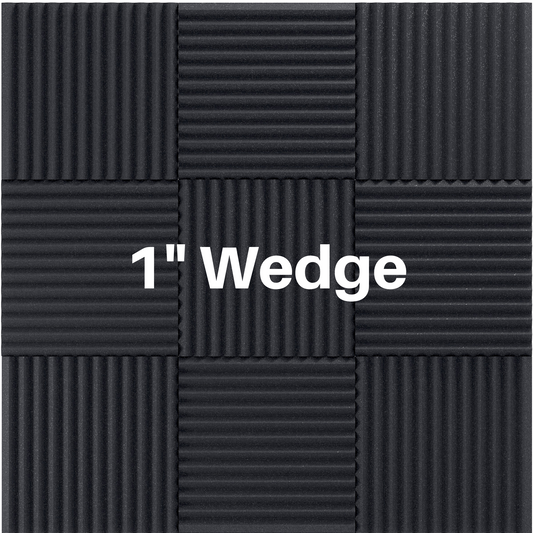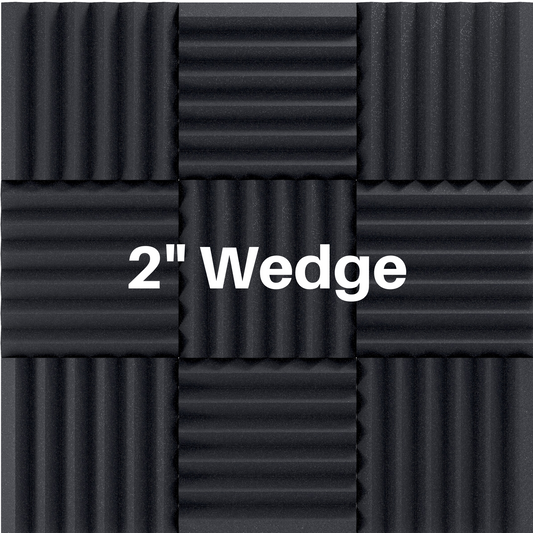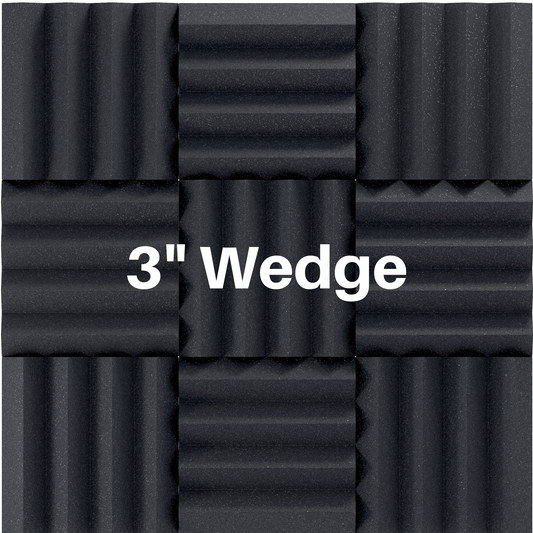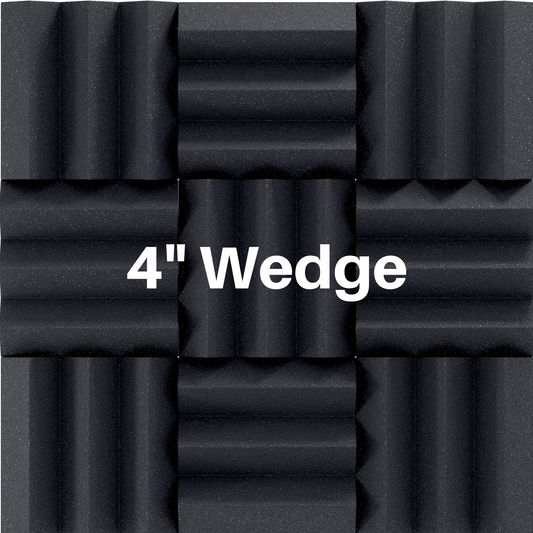How The Human Ear Perceives Sound
Share
Today, we’re going to explore something super cool—how our ears work and how we hear sounds. Imagine your favorite song or the sound of a bird chirping. How do these sounds travel from the outside world into your brain? Let’s check out the human ear and find out!
The Structure of the Ear
The ear is an organ with three main parts: the outer ear, the middle ear, and the inner ear. Each part plays a critical role in helping us hear.
Outer Ear
The outer ear is the part we can see. It’s called the pinna, and it acts like a funnel, catching sound waves and directing them into the ear canal. This is the first step in the human hearing journey.
Middle Ear
Once the sound waves travel through the ear canal, they hit the eardrum. The eardrum vibrates, and these vibrations move to three tiny bones in the middle ear called ossicles. These bones are named the malleus (hammer), incus (anvil), and stapes (stirrup). These parts work together to amplify the sound vibrations and send them to the inner ear.
Inner Ear
Now, we reach the inner ear, where the real magic happens. Bow Chicka Wow Wow! ... The inner ear contains a snail-shaped organ called the cochlea, which is filled with fluid and tiny hair cells. When the vibrations reach the cochlea, they create waves in the fluid, which causing the hair cells to bend. This bending creates electrical signals that are sent to the brain through your auditory nerve.

The Process of Hearing
How do we actually hear sounds? Here’s a step-by-step breakdown for you!
1. Sound Wave Entry
Sound waves enter the ear canal and hit the eardrum, making it vibrate.
2. Vibration Transmission
The vibrations travel through the ossicles, which amplify the sound and pass it to the inner ear.
3. Inner Ear Waves
In the cochlea, the vibrations create waves in the fluid, bending the hair cells.
4. Electrical Signal Creation
The bending hair cells produce electrical signals that travel to the brain via the auditory nerve.
5. Sound Perception
The brain interprets these signals as sounds, allowing us to recognize voices, music, and other noises.
How We Perceive Sound
Hearing isn’t just about detecting sound; it’s also about understanding what the sound means. Our brain helps us figure out the pitch, volume, and location of sounds. For example, when you hear a car honking, your brain uses the time it takes for the sound to reach each ear and the difference in loudness between the ears to figure out where the car is. This ability is called binaural localization.
We also perceive the quality of sound, known as timbre. Timbre is what makes a piano sound different from a violin, even if they play the same note. It’s the unique mix of frequencies produced by an instrument or a voice that gives it a distinct sound.
How Sensitive Are Human Ears?
Our ears are incredibly sensitive. They can detect very soft sounds, like a whisper, and very loud sounds, like an airplane. This wide range is thanks to the precise working of the ear's structures and the brain's ability to process sound information.
We can also tell the difference between different pitches (high and low sounds) and volumes (loud and soft sounds). This is why we can enjoy the complexity of a full orchestra or understand someone talking in a commotion filled room. The ear is really good at picking up sounds in the frequency range of human speech, which is why we can easily have conversations even in crowded places.
Table: Human Ear Sound Sensitivity
| Sound Level (dB) | Sound Pressure (µPa) | Description | Example |
| 0 dB | 20 µPa | Threshold of hearing |
Quietest sound a human can hear
|
| 10 dB | 63 µPa | Very faint sound | Rustling leaves |
| 20 dB | 200 µPa | Faint sound | Whispering |
| 30 dB | 632 µPa | Very quiet | Quiet library |
| 40 dB | 2000 µPa | Quiet |
Quiet residential area
|
| 50 dB | 6320 µPa | Moderate |
Normal conversation at home
|
| 60 dB | 20,000 µPa | Moderate to loud |
Normal conversation at 1 meter
|
| 70 dB | 63,200 µPa | Loud | Busy street |
| 80 dB | 200,000 µPa | Very loud |
Alarm clock at close range
|
| 90 dB | 632,000 µPa | Extremely loud | Power tools |
| 100 dB | 2,000,000 µPa | Pain threshold (brief exposure) |
Jet takeoff (at 305 meters)
|
| 110 dB | 6,320,000 µPa | Painful |
Rock concert (can cause hearing damage)
|
| 120 dB | 20,000,000 µPa | Immediate danger |
Siren at close range (can cause immediate hearing damage)
|
| 130 dB | 63,200,000 µPa | Intolerable |
Jackhammer (can cause permanent hearing damage)
|
| 140 dB | 200,000,000 µPa | Threshold of pain | Gunshot blast |
Table Definitions
Sound Level (dB): This is the measurement of sound intensity. The decibel (dB) scale is logarithmic, meaning each increase of 10 dB represents a tenfold increase in sound intensity.
Sound Pressure (µPa): This is the physical pressure exerted by the sound wave. The reference pressure for 0 dB is 20 micropascals (µPa), which is the quietest sound a human can hear.
Description: This column provides a general description of the sound level, ranging from very faint to intolerable.
Example: Here are some common examples of sounds at various levels to help understand what these numbers mean in real life.
This table helps illustrate the wide range of sounds that the human ear can detect and how different levels of sound pressure relate to everyday experiences.









